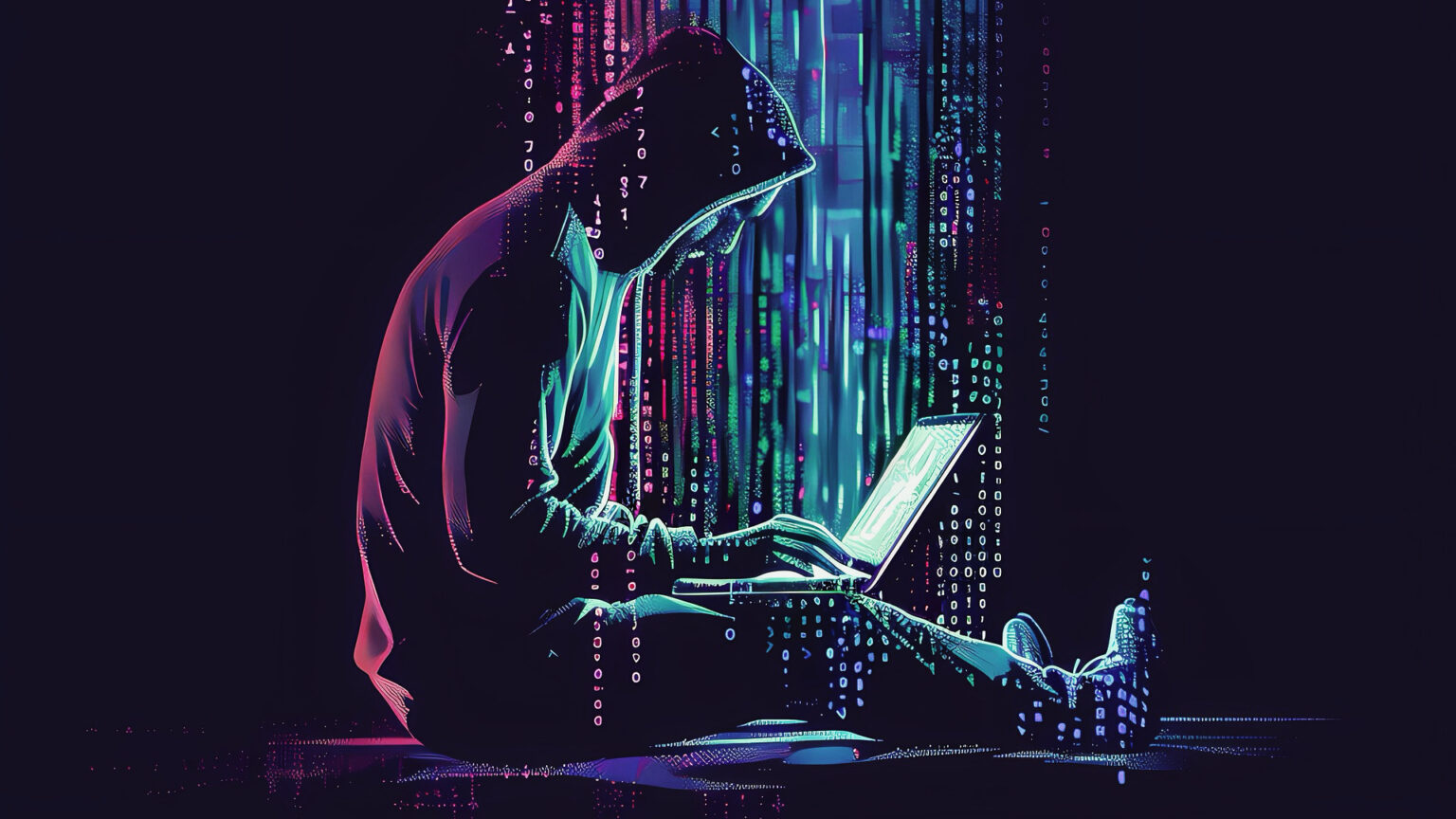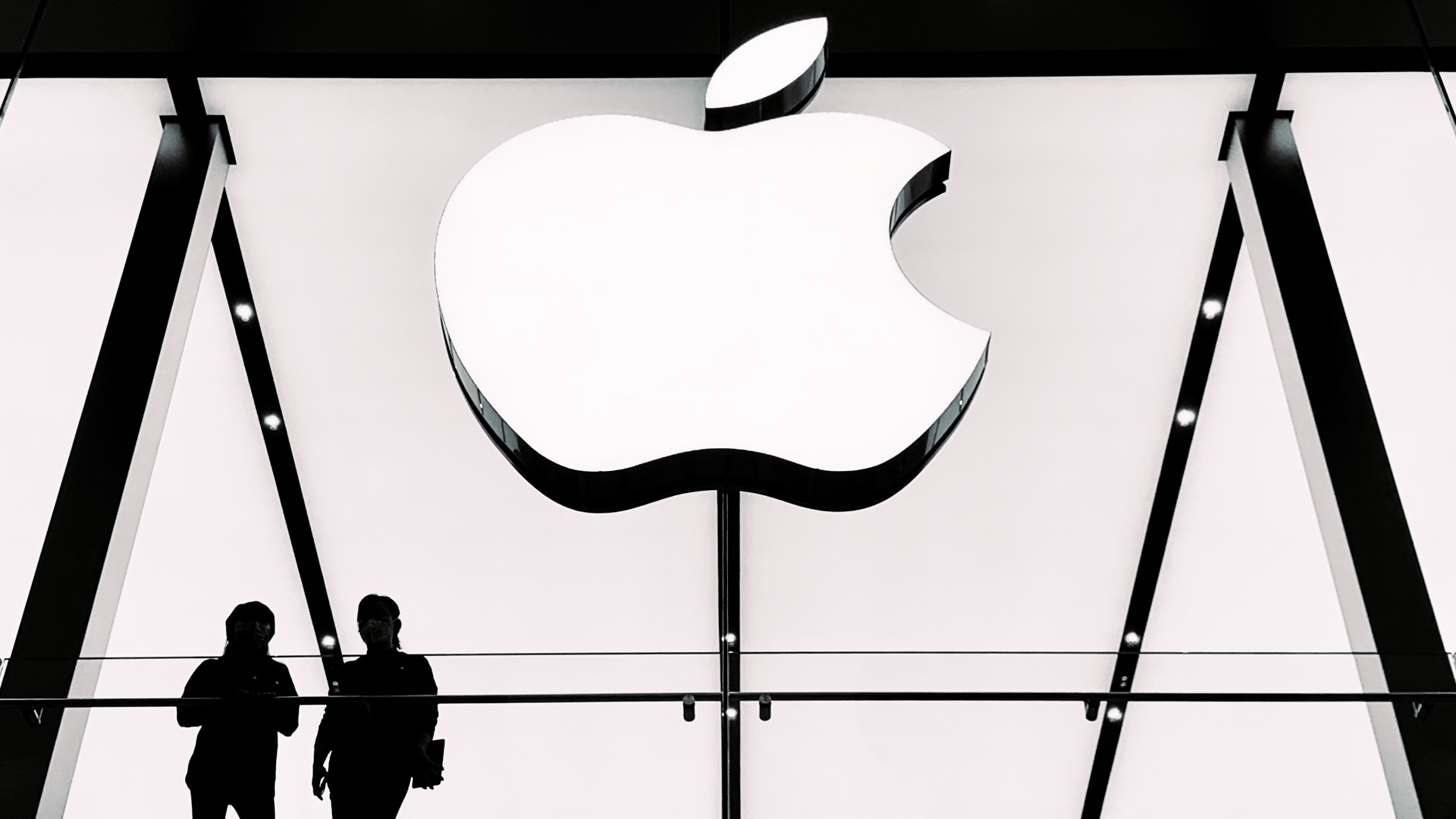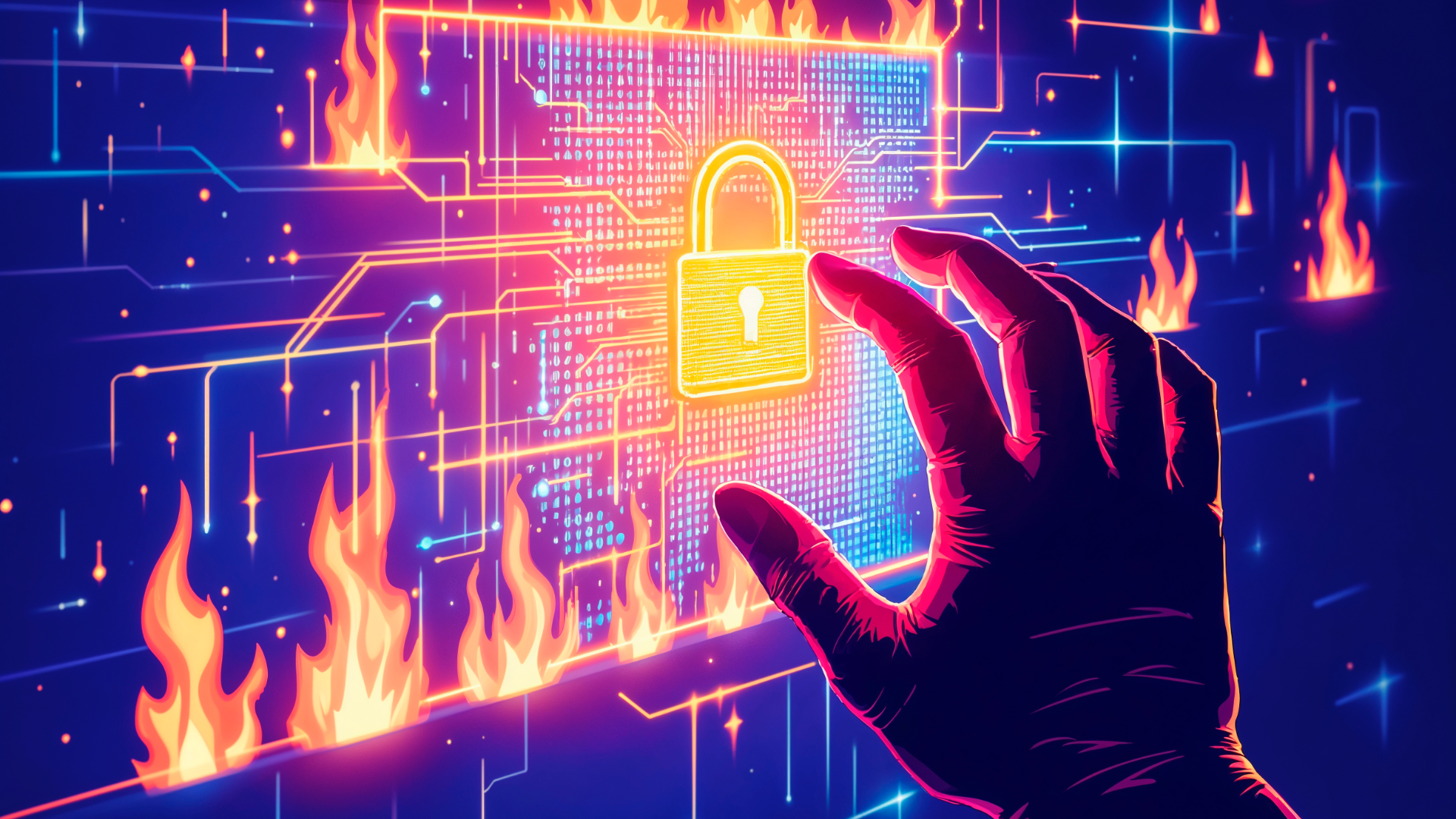The vision of a hacker typing code in a dark room is becoming a thing of the past. According to Trend Micro‘s latest analysis, the threat landscape in 2026 will be dominated by an entirely new player: the fully autonomous AI agent. These predictions herald a fundamental shift in the business model of cybercrime, in which the role of humans is reduced to a minimum and attack campaigns – from initial reconnaissance to final ransomware extortion – drive themselves.
Cyber security experts point out that generative artificial intelligence is no longer merely an enabler, but is becoming the architect of the attack. Polymorphic malware, which can rewrite its code on the fly to effectively evade detection by traditional defences, is set to become the standard in the coming years. These threats will primarily hit the hotspots of modern business: hybrid cloud environments, AI infrastructure and software supply chains. Instead of looking for vulnerabilities manually, automated systems will massively exploit contaminated open source packages, rogue container images or cloud identities with overly broad permissions.
Of particular concern is the evolution of ransomware into an independent, self-sustaining ecosystem. Trend Micro predicts that in 2026, bots will not only identify the victim and carry out the attack, but also take over the negotiation process. This will make extortion campaigns faster, harder to track and geared more towards stealing data than just encrypting it. At the same time, state actors are already pursuing long-term ‘collect now, decrypt later’ strategies, storing encrypted data in anticipation of developments in quantum technology.
In the face of such an organised, machine-based offensive, traditional reactive defences are becoming insufficient. The industry must make a radical shift towards proactive resilience, built directly into AI application layers and cloud infrastructure. The key to an organisation’s survival in 2026 will no longer be an airtight wall, but an adaptive defence and the retention of critical, human oversight of processes that are increasingly out of the control of algorithms.












